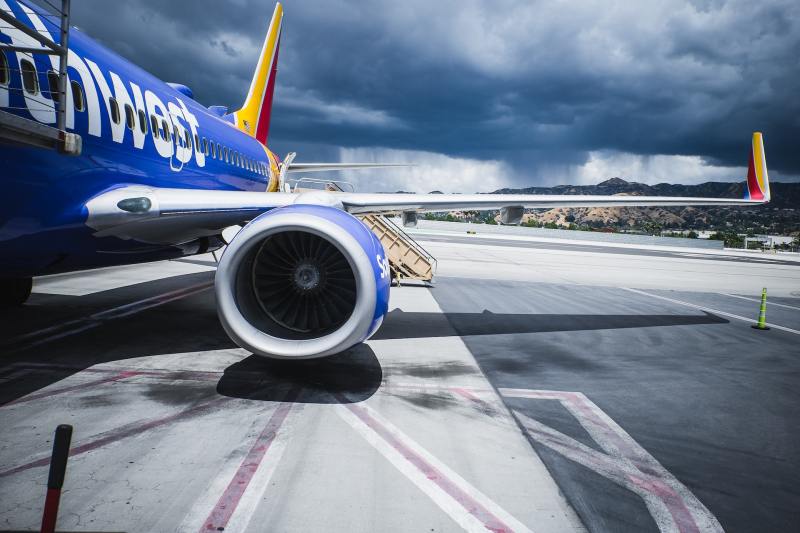We all know air travel is hard. But holiday air travel is in another league. With sky-high airfares, canceled flights, missed connections, impossibly long airport security lines, and travelers pushed to the brink of insanity, it’s a time of year when otherwise ordinary domestic flights can turn into the seventh circle of hell. Yet, in an epic “hold my beer” move, Southwest Airlines somehow managed to make it all even worse this year. Amid last week’s “generational” snowstorm, thousands of Southwest flight cancellations left countless travelers stranded across the country. Now, everyone from passengers to flight attendants to Pete Buttigieg (the Transportation Secretary) wants answers.
The numbers are staggering. According to one CNN article yesterday, Southwest canceled approximately 15,750 flights this Christmas season — specifically, since December 22, when many parts of the U.S. began experiencing extreme winter weather. The cancellations represented a whopping 62% of all of the airline’s flights, compared to other major carriers like JetBlue, United, American, and Delta, who reported anywhere between zero and 2%. On Thursday, 98% of all grounded flights in the entire country belonged to Southwest. The sheer number of Southwest flight cancellations was so egregious, in fact, that the U.S. Department of Transportation is probing the carrier to find out exactly what went wrong.

In recent days, we’ve since learned the real reason for the collapse: Outdated technology. The airline has relied on decades-old software for staff scheduling — a problem that could have easily been avoided. Southwest’s own flight attendant union has been sounding the alarm bell for years. The Washington Post detailed the contents of an internal memo, which noted that the company’s dated computer systems left Southwest vulnerable. It’s a system that was already working well beyond its limits, and this recent winter storm finally pushed it to the breaking point. One local chapter of the Transport Workers Union called the meltdown “unavoidable.” The Southwest cancellations so overwhelmed the company’s managers that many were left scrambling to solve it with old-school pen and paper.
After nearly a week of chaos, it seems all these Southwest cancellations are finally starting to subside. As of this morning, The New York Times reported only a few dozen cancellations. It’s great news for anyone planning to travel over the New Year’s holiday, but it seems the airline is not out of the woods yet.
One last note: If you were affected by this recent avalanche of Southwest flight cancellations (or any airline cancellation at all), it’s important to know your rights. Most importantly: You can demand a cash refund and not just a voucher.



